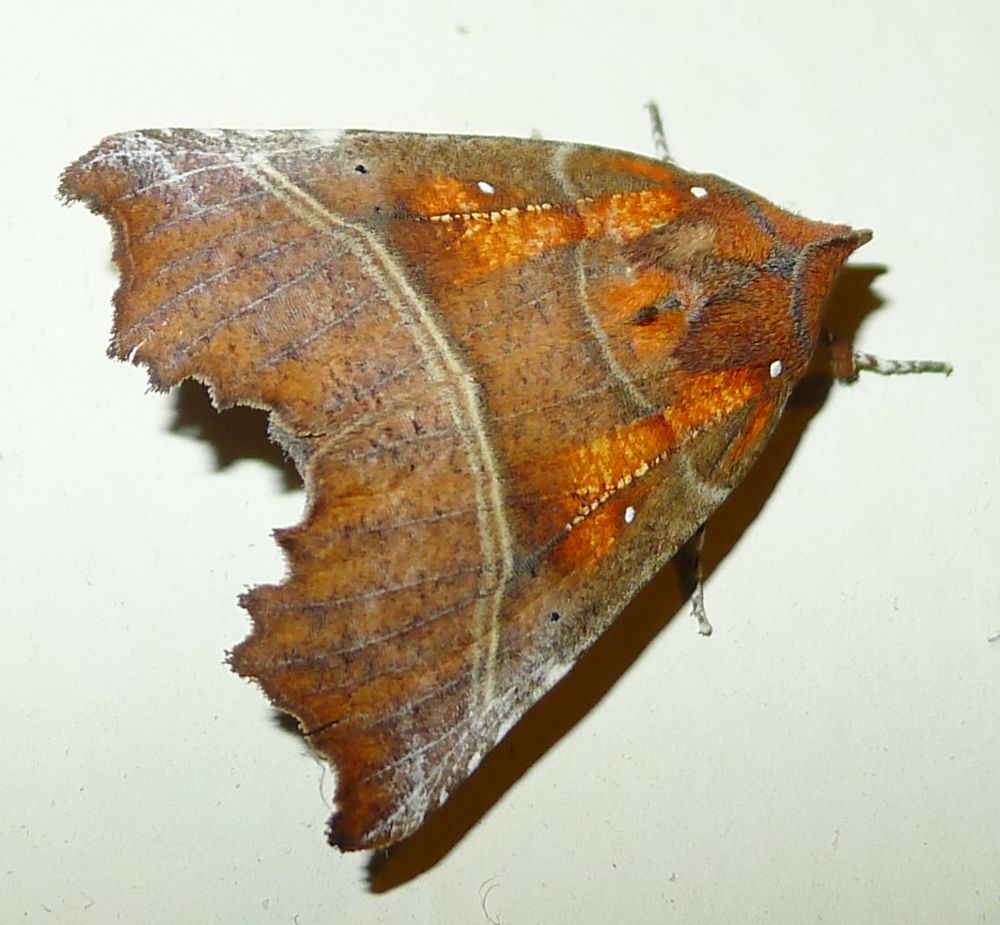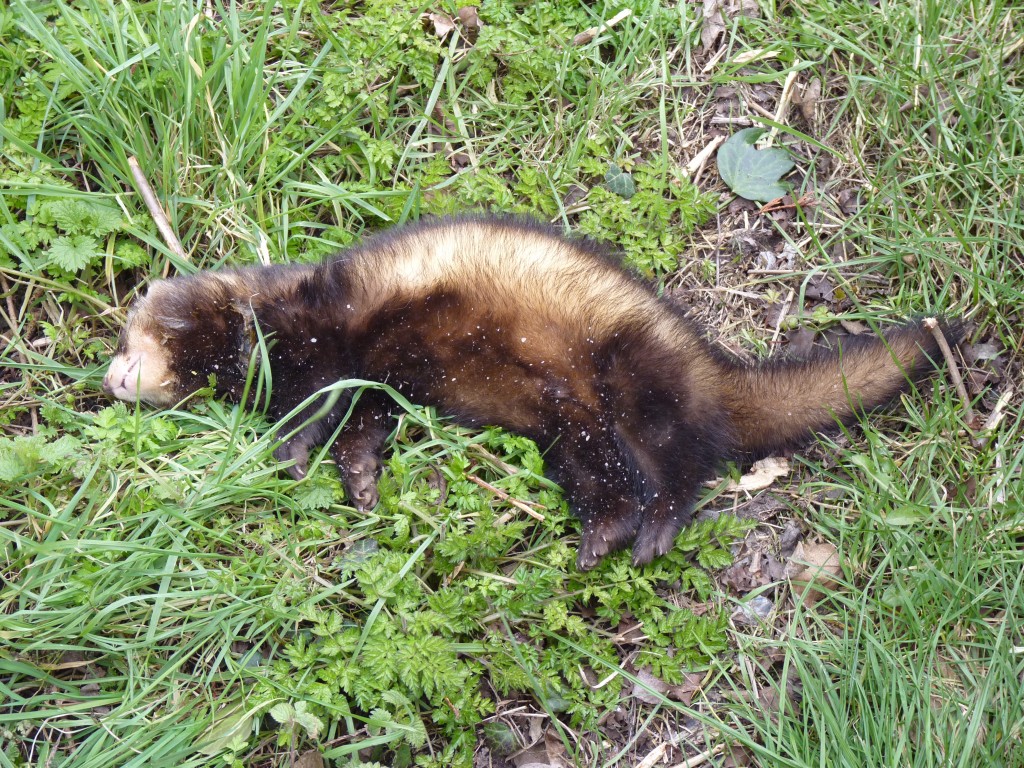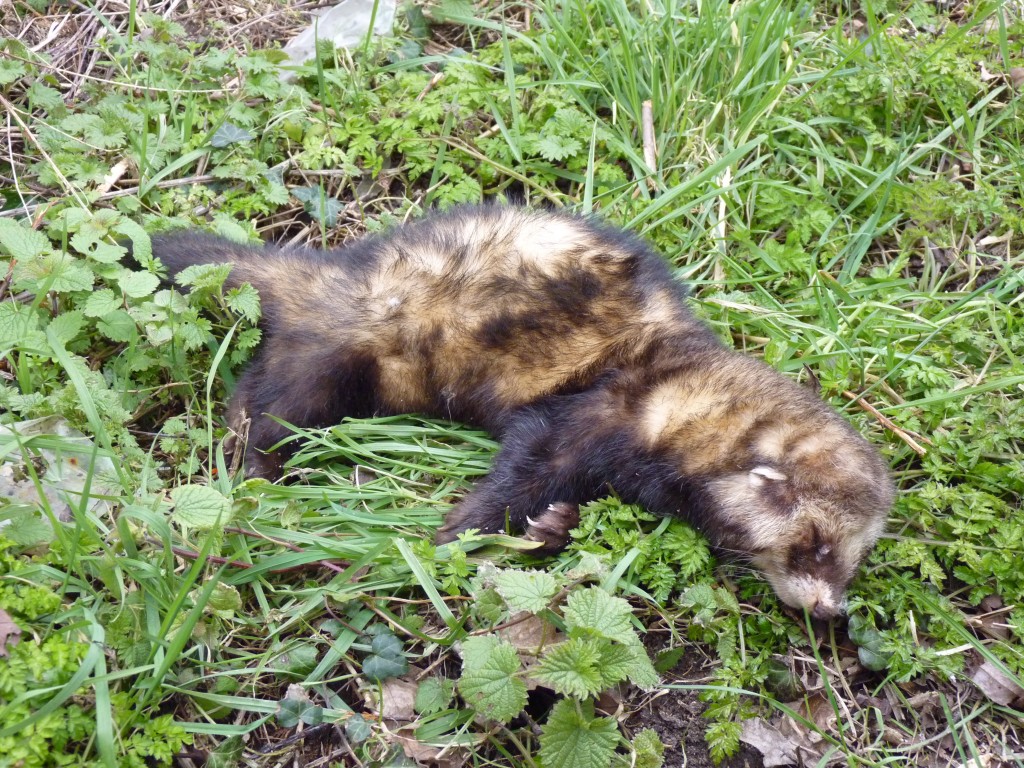The Gloucestershire Naturalists’ Society has been following closely the issue of the planning application for building of new houses and a spine road through the Cinderford Northern Quarter, which will affect the Cinderford Linear Park and nearby wildlife sites. There have been regular articles in GNS NEWS, and many GNS members and recorders have submitted records of wildlife to illustrate the values of the site. The initial planning application was approved last week, and a press release was issued on 13 February by the Gloucestershire Wildlife Trust; the text of the press release is given below. GNS members may wish to write to the Secretary State to support the request that the application be “called in” (i.e. reviewed).
Mike Smart
Hon Chairman
Gloucestershire Wildlife Trust
MEDIA RELEASE
FEBRUARY 13 2013
RARE AND PROTECTED WILDLIFE AT SERIOUS RISK IF WORK ON NORTHERN QUARTER STARTS THIS AUTUMN – WILDLIFE TRUST
There won’t be time to preserve and protect rare and precious wildlife before work starts on the massive redevelopment of Cinderford’s Northern Quarter, warns the Gloucestershire Wildlife Trust.
The Northern Quarter plans have now been approved by Forest of Dean District Council, just two months after the site was declared a Key Wildlife Site by ecological experts.
The developers say they want to start work this autumn, but Dr Colin Studholme from the Wildlife Trust warns there simply won’t be time to carry out the statutory work the developers must do before the building starts, in order to preserve the site’s rare and protected species of newt, moths, bat, dormice and other wildlife.
“The Government’s own ecologists recognised the extreme importance of the site in terms of rare species – but the measures they recommend to protect and preserve them would take up to five years to complete, and that has to happen before building starts.
“The Northern Quarter’s new spine road will involve demolishing buildings which are home to protected rare bats. Before the buildings can be demolished, replacement bat roosts have to be built; the bats have to move in and they have to start breeding. The developers appear not to be aware of their statutory duty otherwise they would not be talking about starting work this autumn,” added Dr Studholme.
“We remain deeply opposed to the development and will be writing to the Secretary of State Eric Pickles to request that his department “calls-in” the application. We would urge anyone else who opposes this scheme to do the same.”
Dr Studholme said the Trust was not opposed to some development of the site, understanding the need for jobs and housing in Cinderford, but recent claims y some councillors that wildlife would adapt or go back from where it came from, were “ill-informed and not helpful.”
“For this scheme to have been sustainable for wildlife, the applicant should have had full knowledge of the wildlife they were dealing when this whole planning process started 15 years ago. They are now trying to shoehorn wildlife into a scheme which was long-conceived but only latterly considered the environmental issues.”
The development will have significant negative impacts on local wildlife, he said. A panel of experts from local authorities, Natural England and top ecologists unanimously agreed last November that the Northern Quarter site was significant enough to be a Key Wildlife Site.






